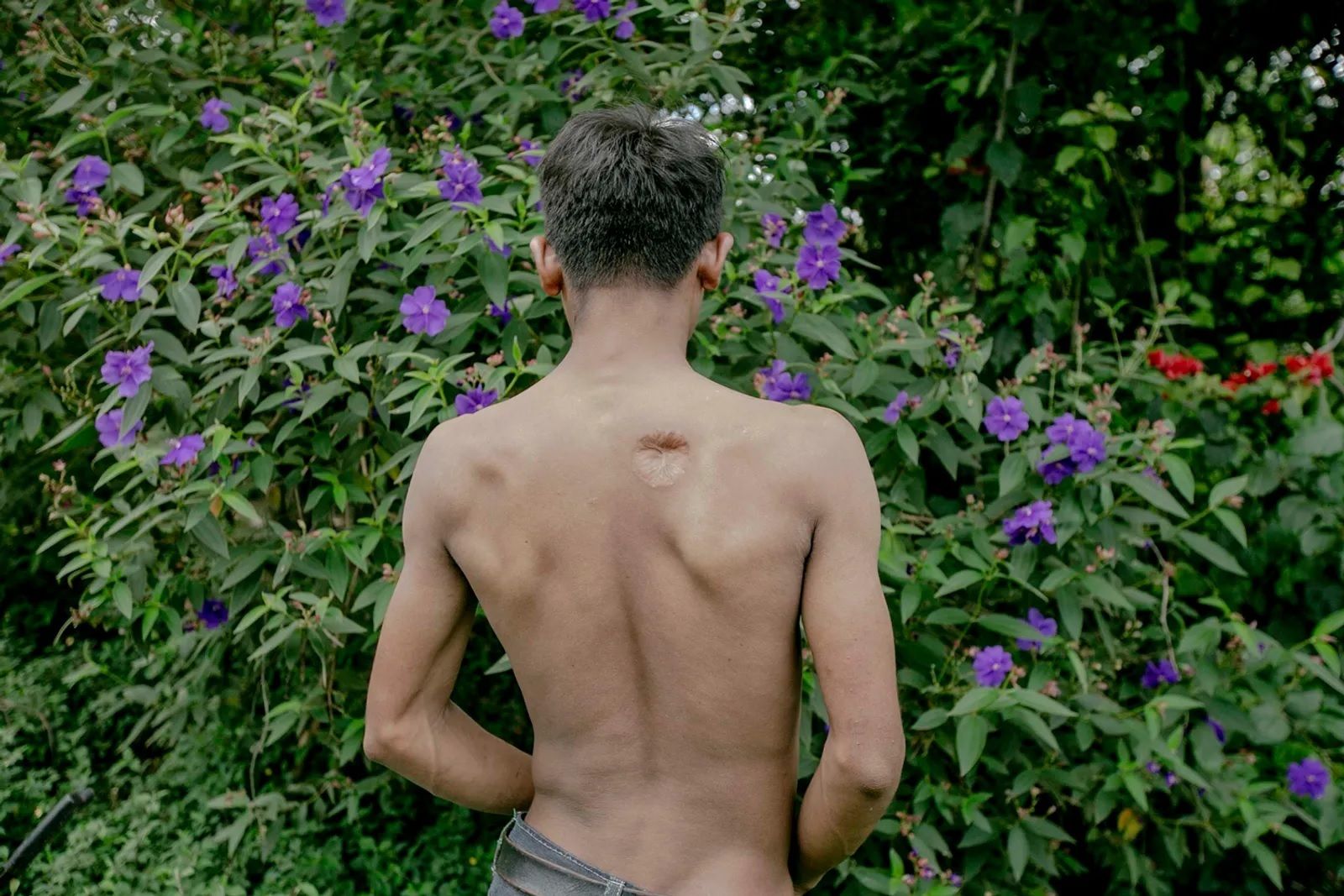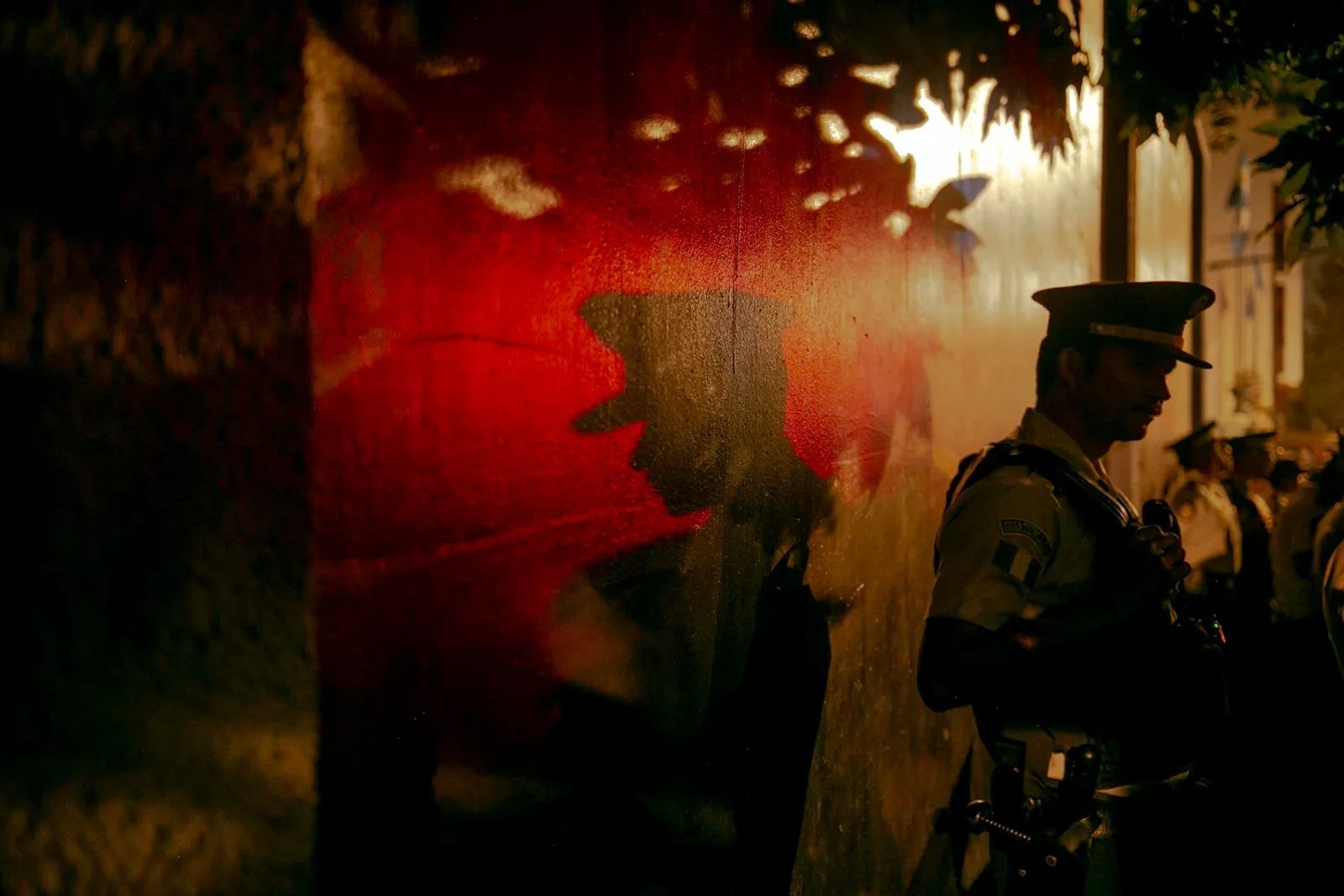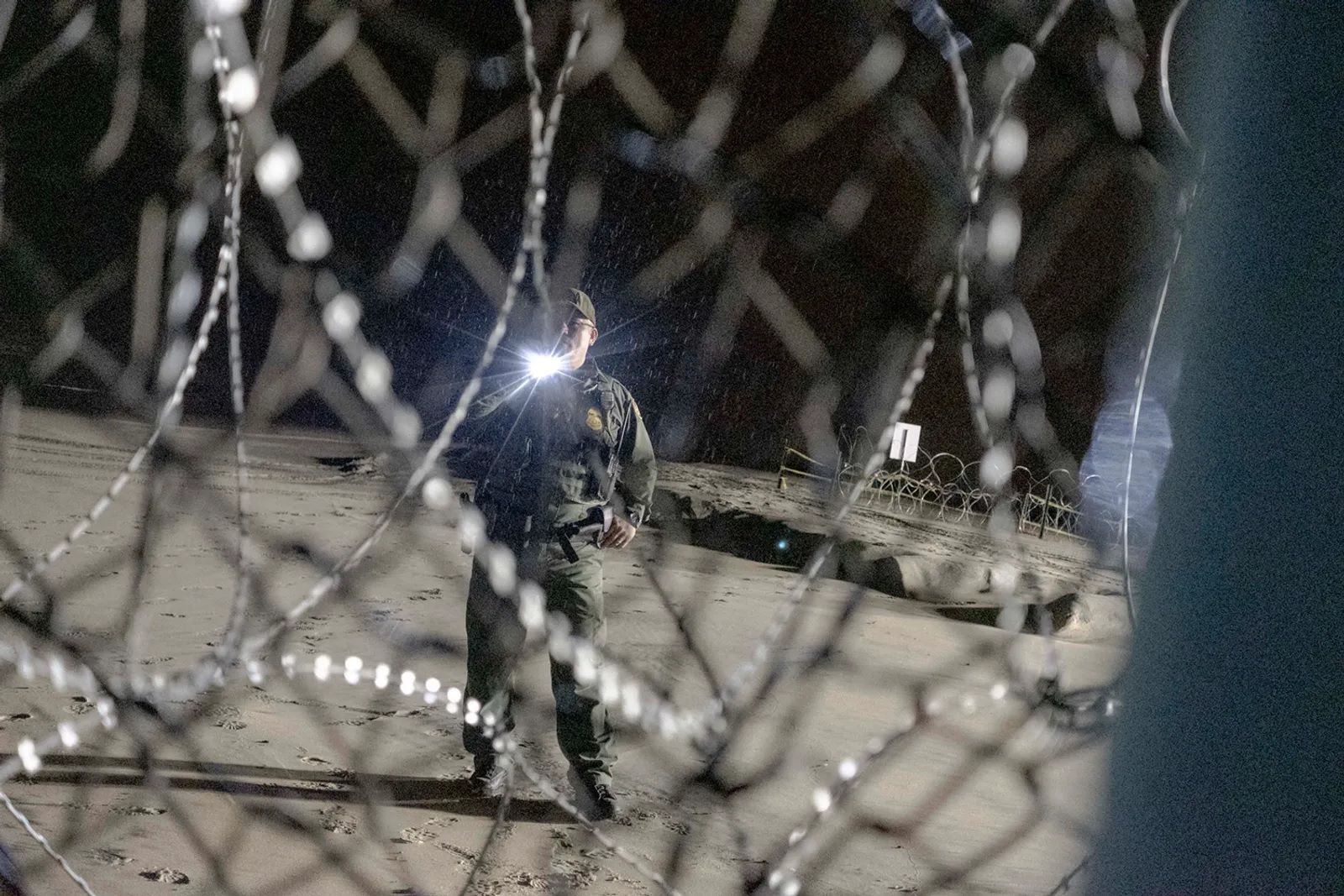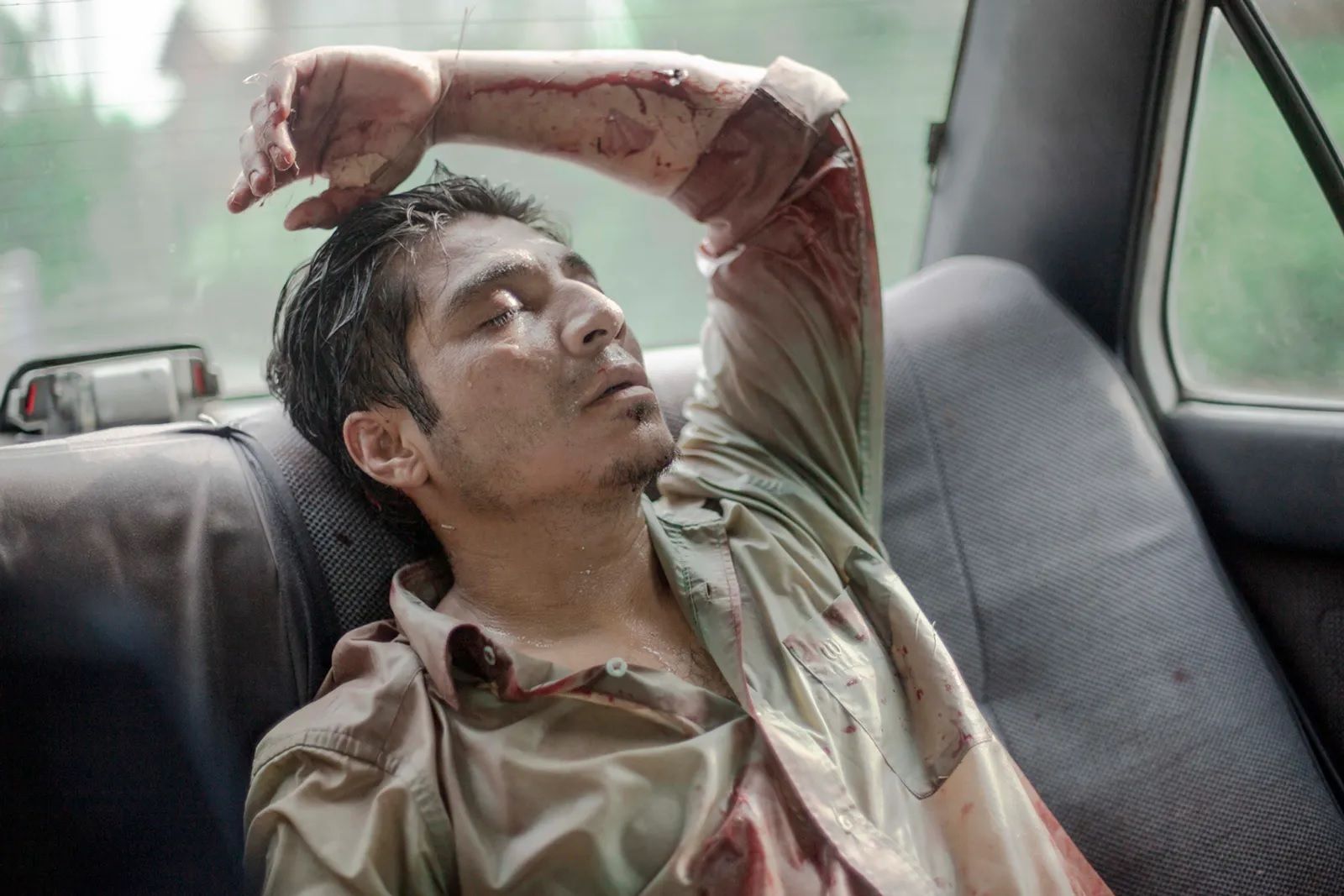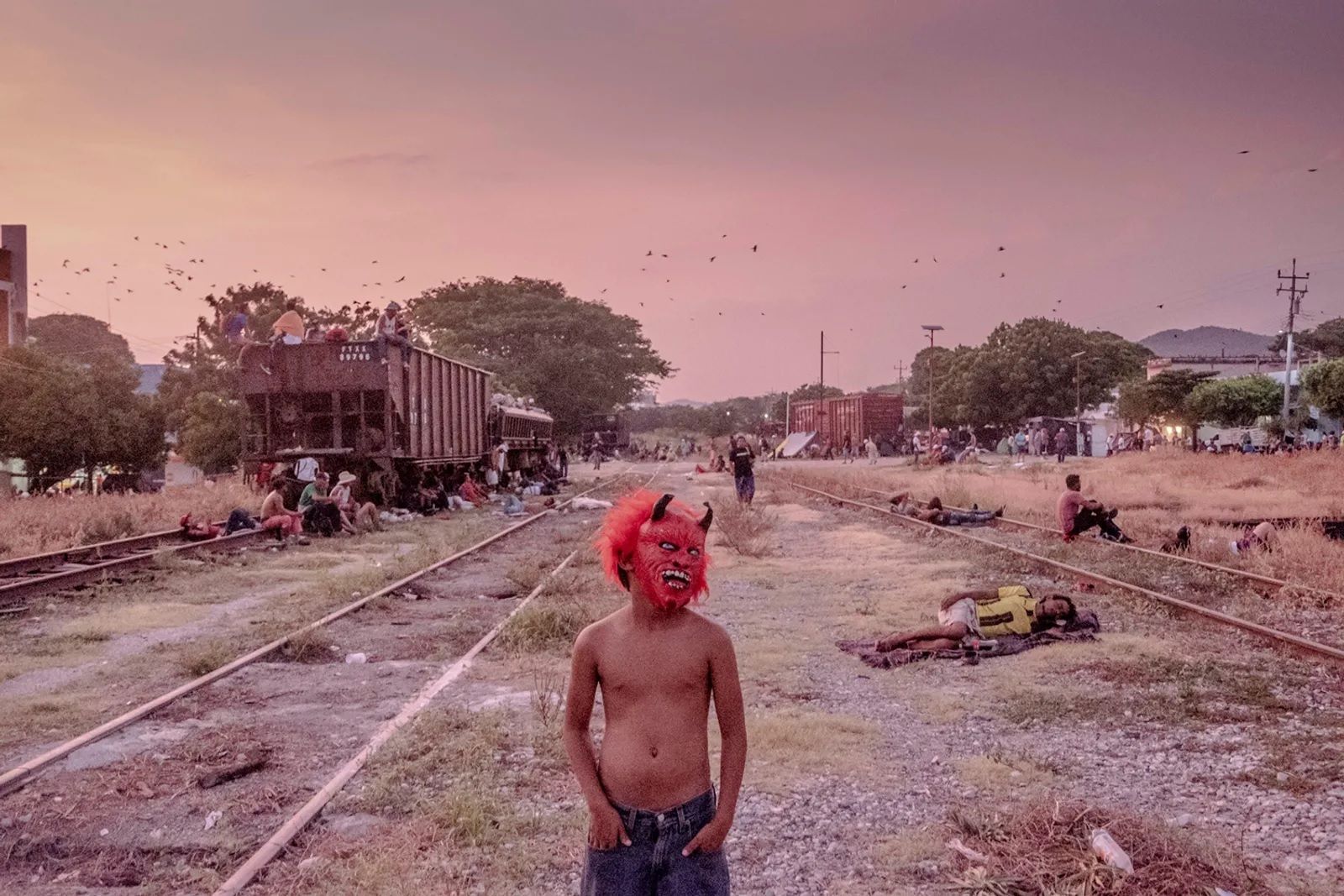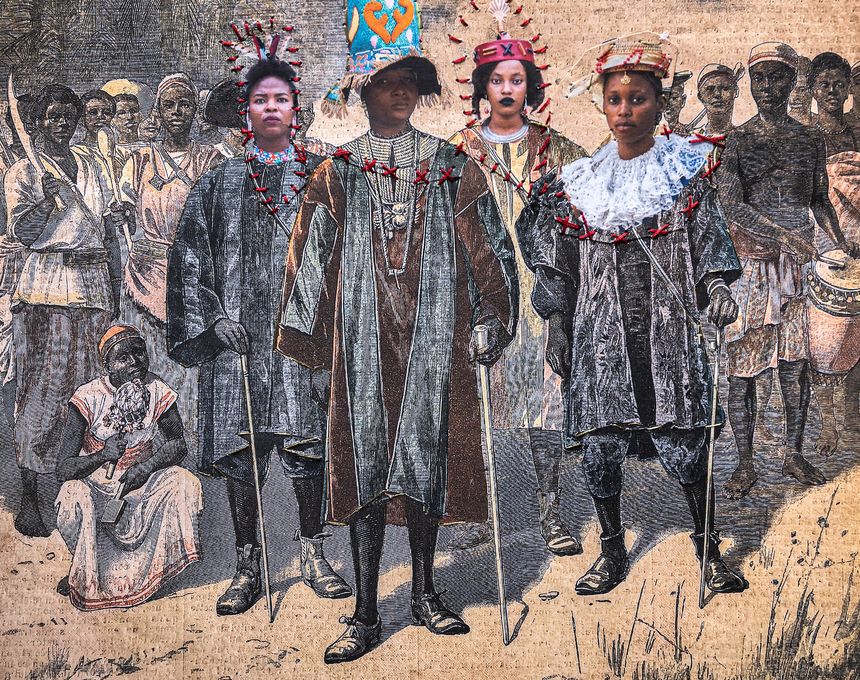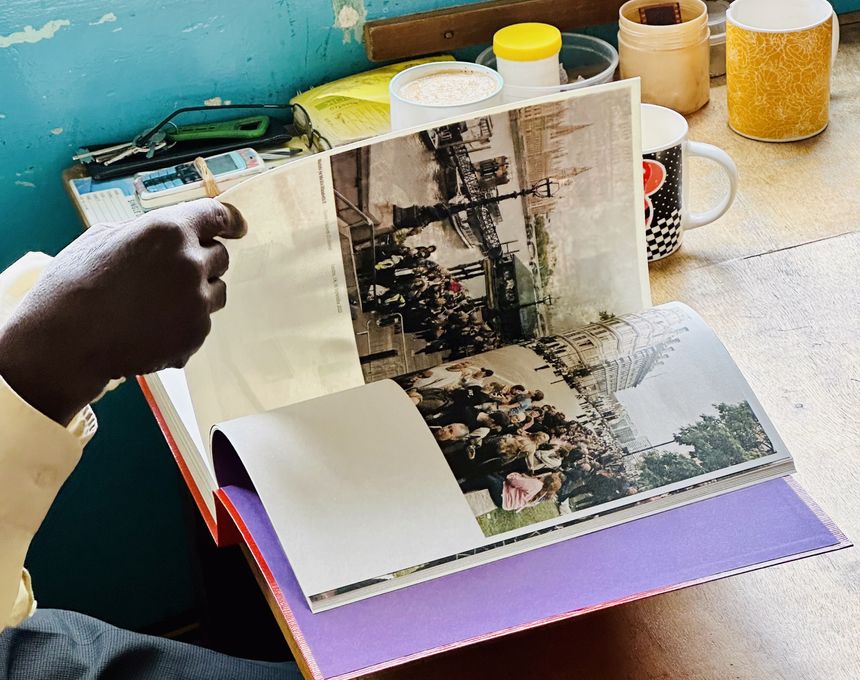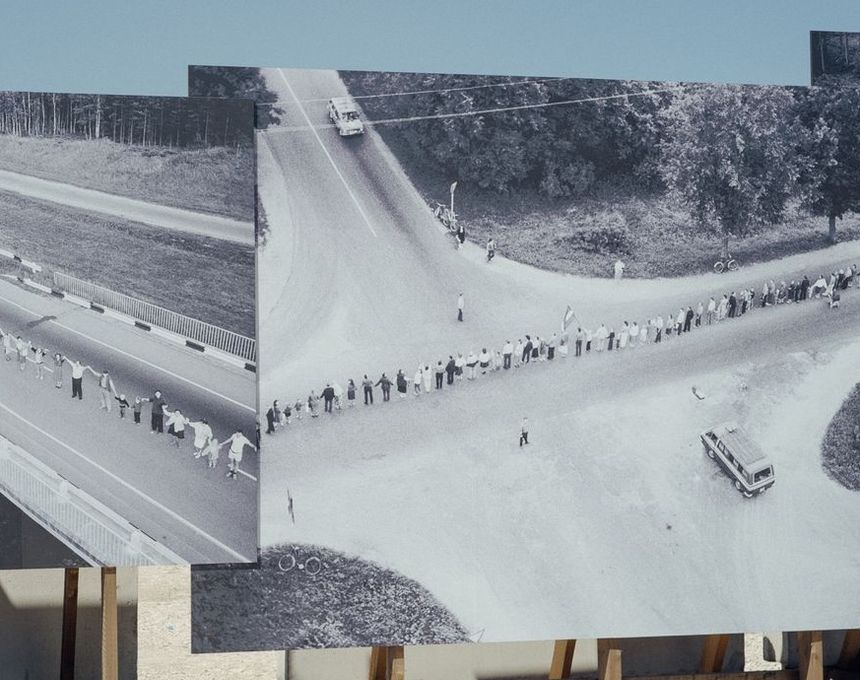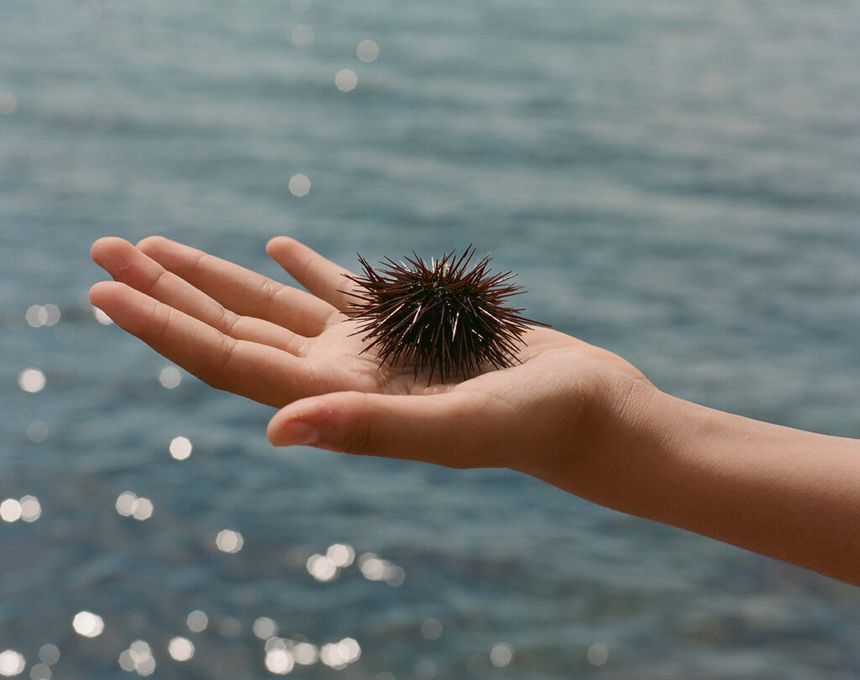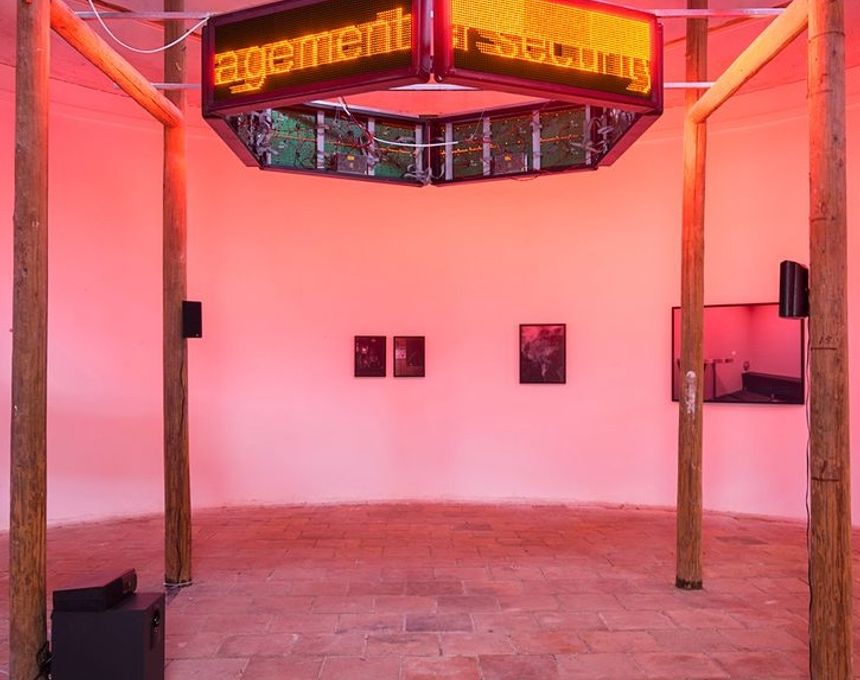The Factors Driving Migration from Central America
-
Published20 Oct 2020
-
Author
Bringing together photographs from the various crises he has shot around El Salvador, Guatemala, and Honduras, Fred Ramos draws a collective history of the northern triangle that accounts for some of the most consequential migration streams in the Western Hemisphere.
Bringing together photographs from the various crises he has shot around El Salvador, Guatemala, and Honduras, Fred Ramos draws a collective history of the northern triangle that accounts for some of the most consequential migration streams in the Western Hemisphere.
For seven years, Salvadorian photographer Fred Ramos worked as a staff photographer for El Faro, a regional reference for independent, transparent and reliable journalism, covering corruption, organised crime, migration, culture, inequality, impunity and human rights. On assignment, he had the opportunity to document different events undermining the region – political upheavals, climate disruptions, gang violence, and embarked in October 2018 on a month-long reportage following the caravan of migrants, a journey that started with a few hundred Central American migrants to turn into an exodus of 8,000.
Over the weeks that he spent sharing their journey and talking to migrants from different countries, Ramos realised that all the various events he had covered individually were part of the same story. “All the different reasons that had led these persons to flee, be it the corruption in Guatemala, the political crisis in Honduras, the impact of climate change on rural communities, I had covered them all”, he recalls.
The result of a dive into his archive, The Dark Triangle unravels a collective history. This is intensified by the fact that some faces are hidden, giving to a needed anonymity the power to talk to a wider story. So is his photograph of a young man turning his back to showcase the bullet scar he got from being shot by the military during a protest against a hydroelectric project in Rió Blanco, in Honduras. The man faces a plant bursting with purple flowers – those that symbolically represent dignity. Because however hard the situation, people go on with their life; however dark their experiences, they keep hope and get married, as we see in Ramos’ photographs.
His visual language is filled with poetry and metaphors. The photograph of a policeman standing around a protest against corruption in Guatemala is striking in that regards. The officer stands quietly, his shadow reflecting on the wall behind him. Subtly, the image evokes the two sides of police who stands peacefully before unsheathing nightsticks and tear gas canisters against protesters.
The story he narrates is never Manichean. Everyone is both a criminal and a victim. Ramos recalls of an experience that confirmed this feeling, when he had to take to the hospital a man who had just been shot by a member of his own gang. “While we were driving him to the hospital, he told me about his family, about his children. He died a few hours later at the hospital but we talked during his last hours and it changed my way of seeing things”, he recounts.
It is because everyone is both an actor of violence and a victim of the system, in the same way that migrants may be portrayed as evil and criminals though some of them are only kids. His portrait of an 11-year-old playing a few days around Halloween with a demon mask strongly talks to that cleavage between reality and representation.
--------------
Fred Ramos is an award-winning photographer based in El Salvador who works across Central America and Mexico. He covers human-driven stories about the violence, poverty, and the migratory forces that surrounded him.
Laurence Cornet is a writer and curator based in Paris focusing on cultural and environmental issues. She is also the editorial director of Dysturb.
--------------
This article is part of our feature series Photo Kernel, which aims to give space to the best contemporary practitioners in our community. The word Kernel means the core, centre, or essence of an object, but it also refers to image processing.
